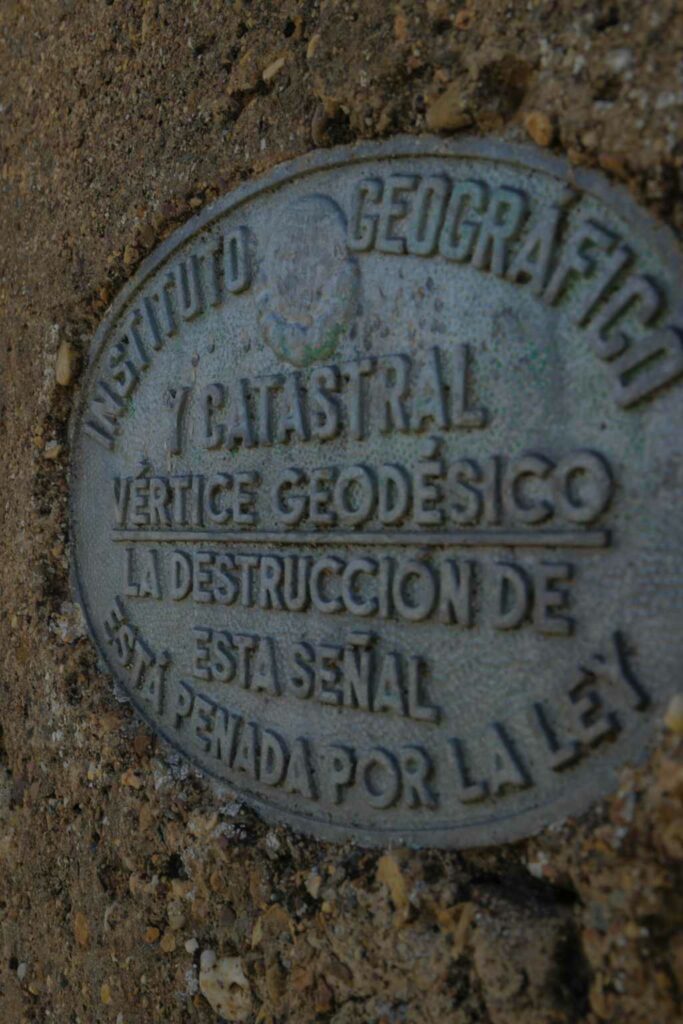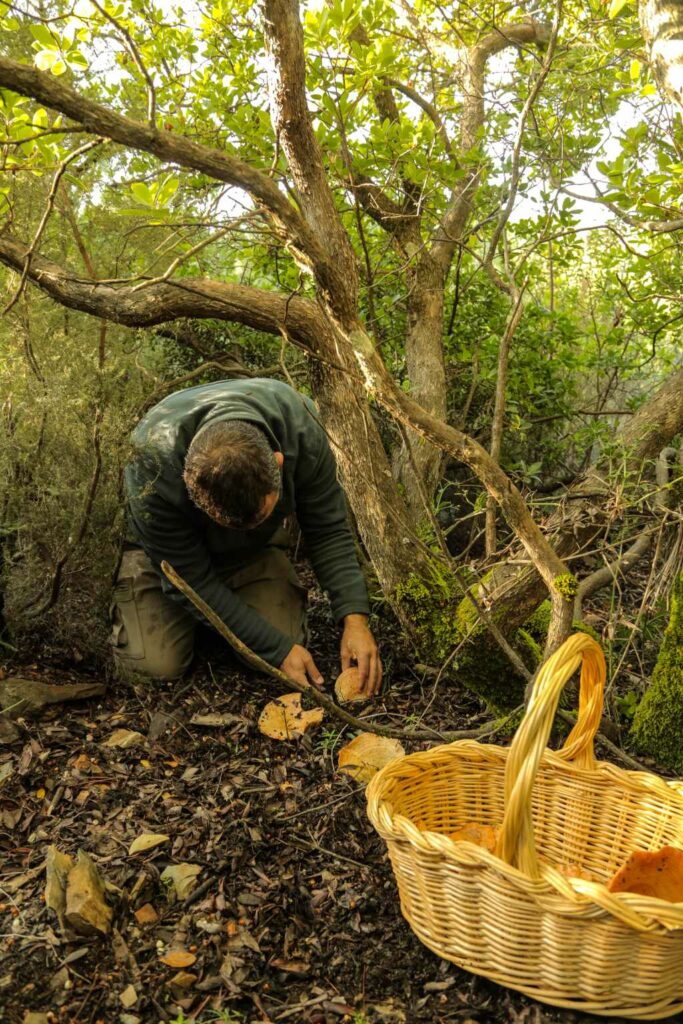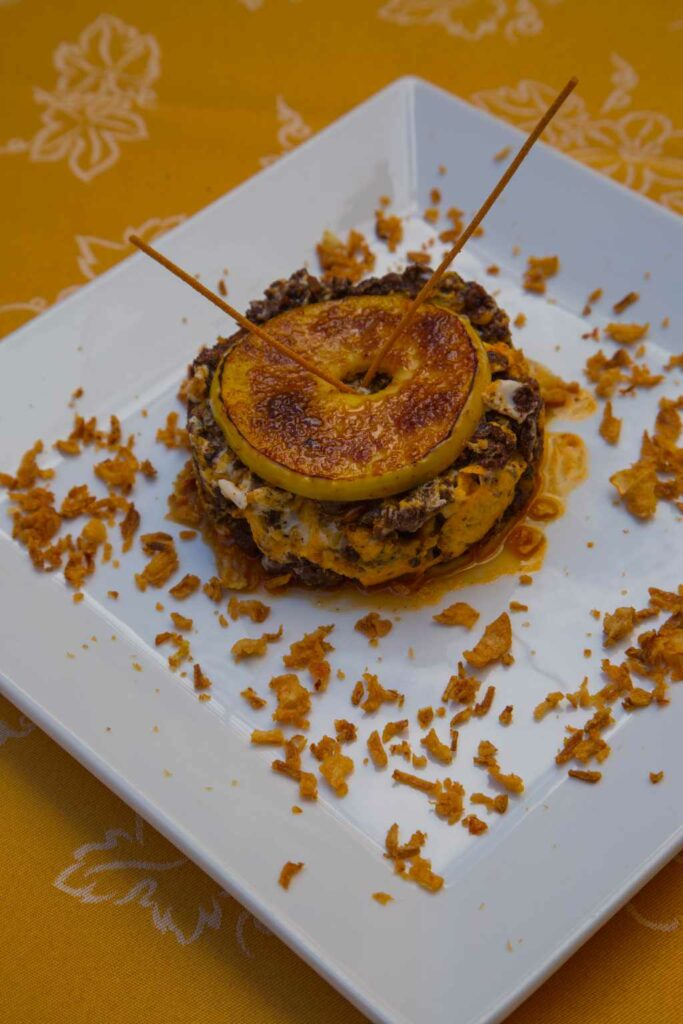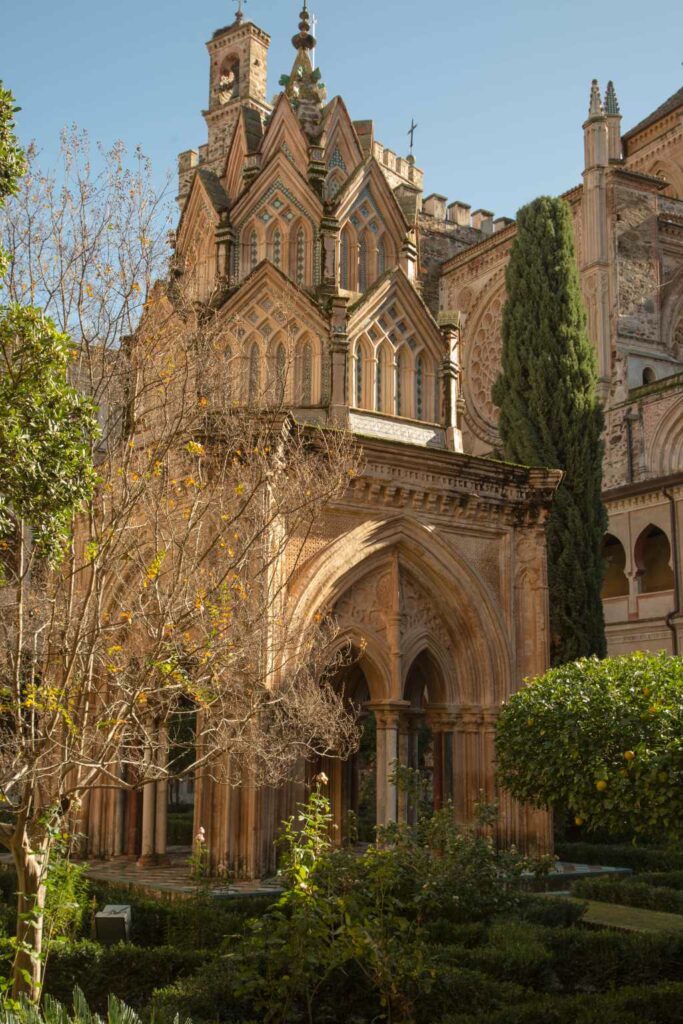The route runs between the towns of Cañamero and Guadalupe, crossing different and varied ecosystems that give it a special attraction.
The trail starts right in front of the Hotel Ruiz de Cañamero and begins to go down towards the river
Ruecas, where on the right bank of the river deviating a little from our path, we have the pleasure of observing a shelter with cave paintings.
Returning to the path and after crossing the river, it ascends towards the upper part of the Cancho del Fresno Dam, a reservoir that the route borders for a stretch and where, in spring, couples of loons can sometimes be observed in their spectacular wedding ritual, as well as other aquatic birds that have established themselves in the area.
The trail ascends again, leaving the edge of the reservoir towards Collado de la Ventosilla, passing through Cruz de Andrade (a tax collector murdered at this point by highway robbers) and further up through a rocky area popularly known as El Melonar de los Frailes (melon patch of the Friars). From the top we observe impressive views towards the Valle del Ruecas, Las Villuercas, Silvadillo etc… and throughout the route we can enjoy the flight of different species of prey (griffon and black vultures, buzzards, Egyptian vultures…).
From here we go to Castaño Abuelo, a spectacular century-old tree that is already mentioned in chronicles of the XIV c.
The path then descends through one of the most beautiful sections, it is a leafy and thick forest of chestnut and oak trees, where the variety of flowers that we can find reaches its maximum representation in spring (orchids, lemon balm, wild gladioli, broom, gorse, mallow…) and the variety of colors represents an incredible spectacle in autumn (chestnuts, oaks, mostajos, Montpelier maples, arbutus, goat-eaters…), although enjoyment in this section of the route is guaranteed at almost at any time of the year.
During some points of this section of the trail and when the trees have no leaves, we can see the Historic-Artistic Monument of the Granja-Palacio de Mirabel (“Mirada Bella” alluding to the views that can be seen from its enclave), built in the XV c. by the Jerónimo monks and used as a recreational palace on several occasions by the Catholic Monarchs.
Once we leave the forest, we arrive at the hermitage of Santa Catalina, from where there is a beautiful panoramic view of Guadalupe and its Monastery and we continue descending the dirt road towards the Guadalupe River, whose basin has been declared an Ecological and Biodiversity Corridor by the Board of Extremadura.
We cross the river and begin to ascend towards Guadalupe through the old alley



